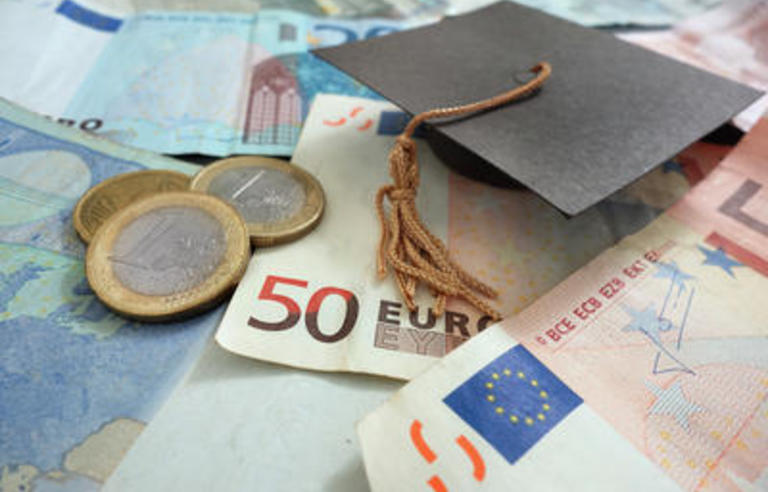There are a number of ways to get around in France when it comes to travelling. You have the option of a car, a plane or a train (TGV). As an international student, you qualify for discounts which means you are well aware of how much money you can use on transport in a month. This is a way to control your finances.
The TGV (Train à Grande Vitesse) is a mode of transport highly embraced in France. It is convenient and fast and most importantly gets you where you are going safely. For example, you would like to go to London, do you know using the TGV from Paris to London will only take you 3 hours? Isn’t that convenient?
The TGV system is managed by the SNCF ( Société Nationale des Chemins de Fer Français- French National Railway Company) which has a mobile application in place that allows you to reserve tickets online.
Deals offered when using the TGV
- Billets Prem's: on sale for regular lines three months before the departure date, these tickets are relatively cheap.
- Ouigo trains: these lowcost trains go to stations well away from town centers, but the stations are still accessible by public transit.
- The troc des trains: on this legal train ticket resale site, you can find cheap, last-minute tickets.
- The carte Jeune: reserved for young people under 28 years of age, it costs 50 euros per year and gives you a discount of at least 25% off all trains.
- The TGV Max subscription: also reserved for young people aged under 28, the monthly 79-euro charge lets you take the TGV as much as you want, subject to certain conditions.
- The Pass Interrail: this single ticket lets you travel freely by train in over 30 countries in Europe.
The bus is another very common mode of transport used in France. One is able to go to various destinations in France and Europe at very reasonable fares. Unlike the train, bus fares remain low, even during the last minute.
With the availability of WiFi, reclining seats and electric sockets, buses are becoming a favourite for many every year.
To reserve a seat for your travel you can have a look at the following sites: Ouibus, Isilines and Flixbus or use the comparison site Comparabus.
USING THE PLANEFrance has about 45 airports that connects all its cities. With this, you are able to travel at every one of them at a low cost.
France has many low cost airlines. Air France even has a low-cost subsidiary, Transavia, and has created Hop!, a subsidiary specialised in domestic flights. It offers a youth card for those aged 12-24 and a weekend card starting at 69 euros.
DRIVING IN FRANCEYou can drive in France if you have a European driver’s license or an international driver’s license.
If you own a car, you have the right to bring it with you to France and drive it there. Before driving it, however, you will need to have gotten your European driver’s license and your car will need to pass a roadworthiness inspection.
Unlike in Kenya, where the rule is to keep to the left, the French keep to the right. This means seatbelts are worn in front and in back. As per driving rules, you are not allowed to use your mobile phone when driving. In your car, there must be a reflector safety jacket, a lifesaver, and two breathalyzer tests in the car. And without forgetting the most important rule of driving, DO NOT DRINK AND DRIVE!
GOOD WAYS FOR TRAVELLING BY CAR WHEN YOU DON'T HAVE ONE
-
Renting from individuals: Drivy, Ouicar, and Koolicar put those needing a car in touch with those looking to rent theirs. These rentals have fewer restrictions than rental agencies, in particular when it comes to renting to drivers with a foreign license.
-
Car-pooling: an economical, friendly, and very popular solution in France. It's a great way to get around and will give you the chance to practice your French. The Blablacar application is a reference for the sector in France.
Recommended items













